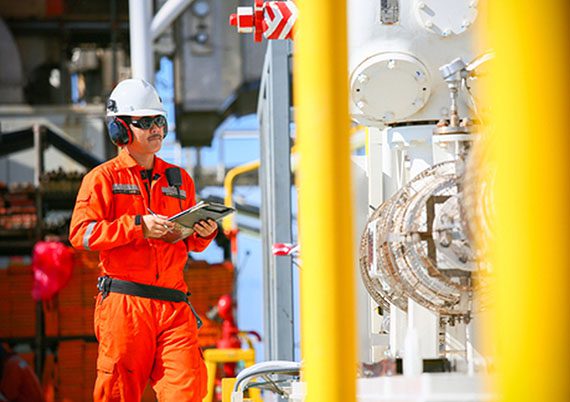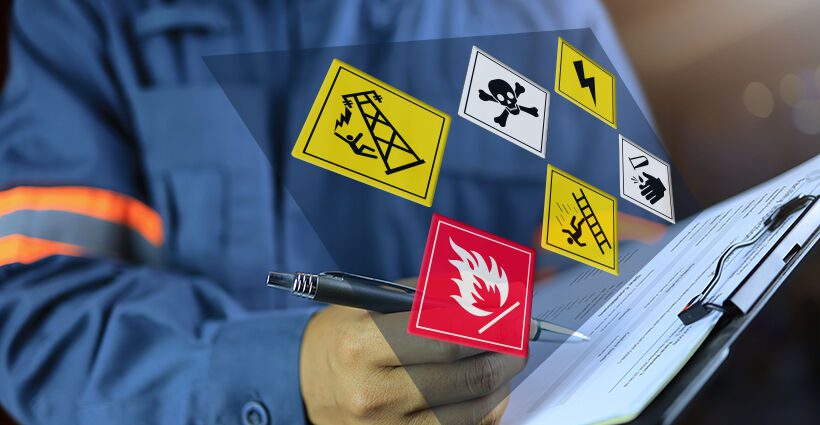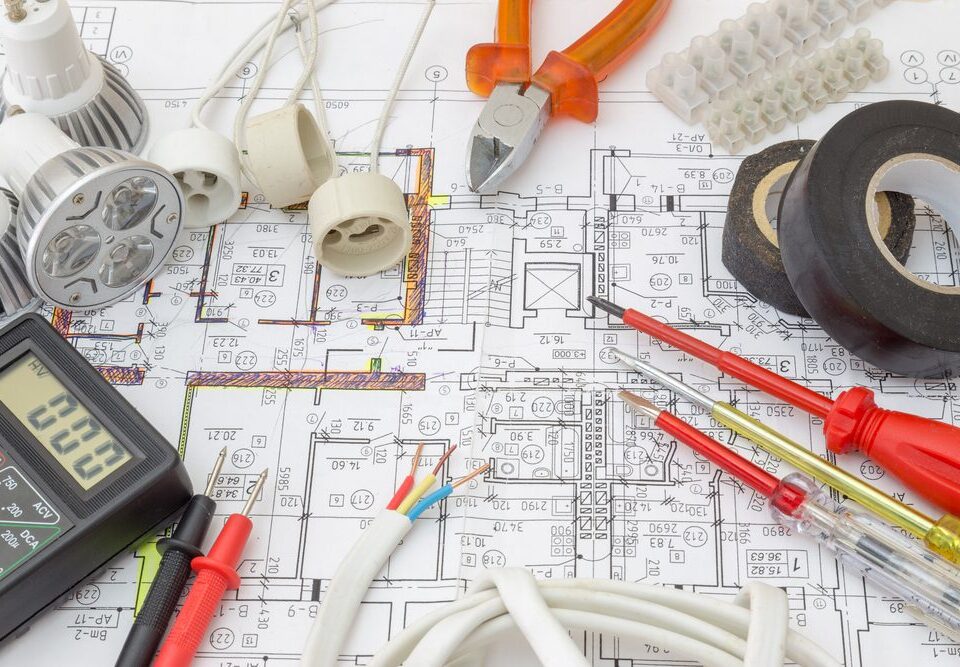1. Enhanced Plant Safety
Safety is a top priority for any industrial operation, and upgrading automation systems can help mitigate many risks associated with legacy equipment.
Real-time Monitoring and Control Modern automation systems offer real-time monitoring and control features that provide operators with a clear view of plant operations. By delivering immediate feedback on system performance, these upgrades allow teams to quickly detect and respond to safety issues before they escalate.
Improved Error Detection and Alarming Newer PLCs are equipped with advanced diagnostic tools that can detect faults more accurately and at earlier stages than legacy systems. These systems can also trigger alarms and initiate corrective actions automatically, minimizing the risk of accidents.
Fail-safe Features Many modern automation systems come with built-in fail-safe mechanisms. In the event of a system failure, these fail-safes can bring operations to a safe state, reducing the likelihood of accidents or equipment damage.








